Redirecting an old chip might change the pathway to tomorrow’s fastest supercomputers, Argonne National Laboratory researchers say.
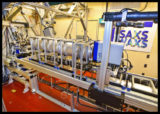
Nanogeometry
With a boost from the Titan supercomputer, a Berkeley Lab group works the angles on X-rays to analyze thin films of interest for the next generation of nanodevices.

Forecasting failure
Sandia National Laboratories aims to predict physics on a micrometer scale.

Early-universe soup
ORNL’s Titan supercomputer is helping Brookhaven physicists understand the matter that formed microseconds after the Big Bang.
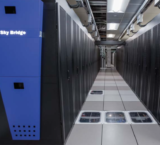
Multitalented metric
An alternative computing benchmark emerges to reflect scientific performance.
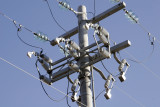
Bright future
The smart grid turns to high-performance computing to guide its development and keep it working.
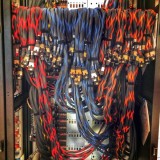
Powering down
PNNL team views ‘undervolting’ — turning down the power supplied to processors — as a way to make exascale computing feasible.
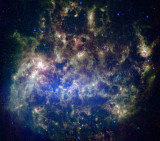
Analysis restaurant
The AnalyzeThis system deals with the rush of huge data-analysis orders typical in scientific computing.

Noisy universe
Berkeley Lab cosmologists sift tsunamis of data for signals from the birth of galaxies.
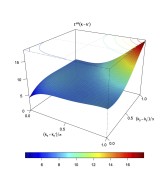
Layered look
With help from the Titan supercomputer, an Oak Ridge National Laboratory team is peering at the chemistry and physics between the layers of superconducting materials.

Bits of corruption
Los Alamos’ extensive study of HPC platforms finds silent data corruption in scientific computing – but not much.

Sneak kaboom
At Argonne, research teams turn to supercomputing to study a phenomenon that can trigger surprisingly powerful explosions.
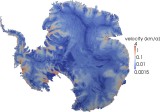
Slippery subject
University of Texas researchers are out to improve computational models of ice sheets by refining estimates of basal friction: how much rocks and earth slow the sheet’s movement.
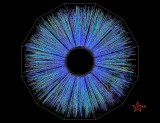
A smashing success
The world’s particle colliders unite to share and analyze massive volumes of data.
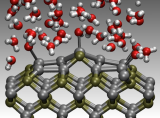
Back to the hydrogen future
At Lawrence Livermore National Laboratory, Computational Science Graduate Fellowship alum Brandon Wood applies the world’s most sophisticated molecular dynamics codes on America’s leading supercomputers to model hydrogen’s reaction kinetics.
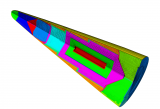
Joint venture
Sandia National Laboratories investigators turn to advanced modeling to test the reliability of the joints that hold nuclear missiles together.

Life underground
A PNNL team builds models of deep-earth water flows that affect the tiny organisms that can make big contributions to climate-changing gases.
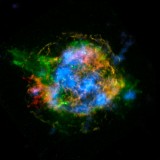
Supernova shocks
More than 10 years after simulations first suggested its presence, observations appear to confirm that a key instability drives the shock behind one kind of supernova.
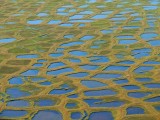
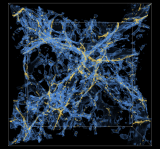
Rewinding the universe
Dark energy propels the universe to expand faster and faster. Researchers are using simulations to test different conceptions about how this happens.
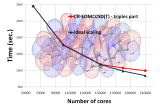
Balancing act
A Pacific Northwest National Laboratory researcher is developing approaches to spread the work evenly over scads of processors in a high-performance computer and to keep calculations clicking even as part of the machine has a hiccup.
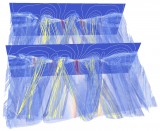
Predicting solar assaults
When Earth’s magnetosphere snaps and crackles, power and communications technologies can break badly. Three-dimensional simulations of magnetic reconnection aim to forecast the space storms that disrupt and damage.

Quantum gold
Driven by what’s missing in experiments, Brookhaven’s Yan Li applies quantum mechanics to compute the physical properties of materials.
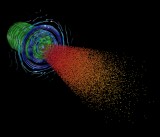
Star power
A Lawrence Livermore National Laboratory researcher simulates the physics that fuel the sun, with an eye toward creating a controllable fusion device that can deliver abundant, carbon-free energy.
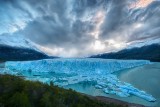
Deciphering the big thaw
Scientists thought they had figured out what ended the last ice age – except for one nagging problem. Researchers using Oak Ridge National Laboratory computers may now have discovered the final answer.





